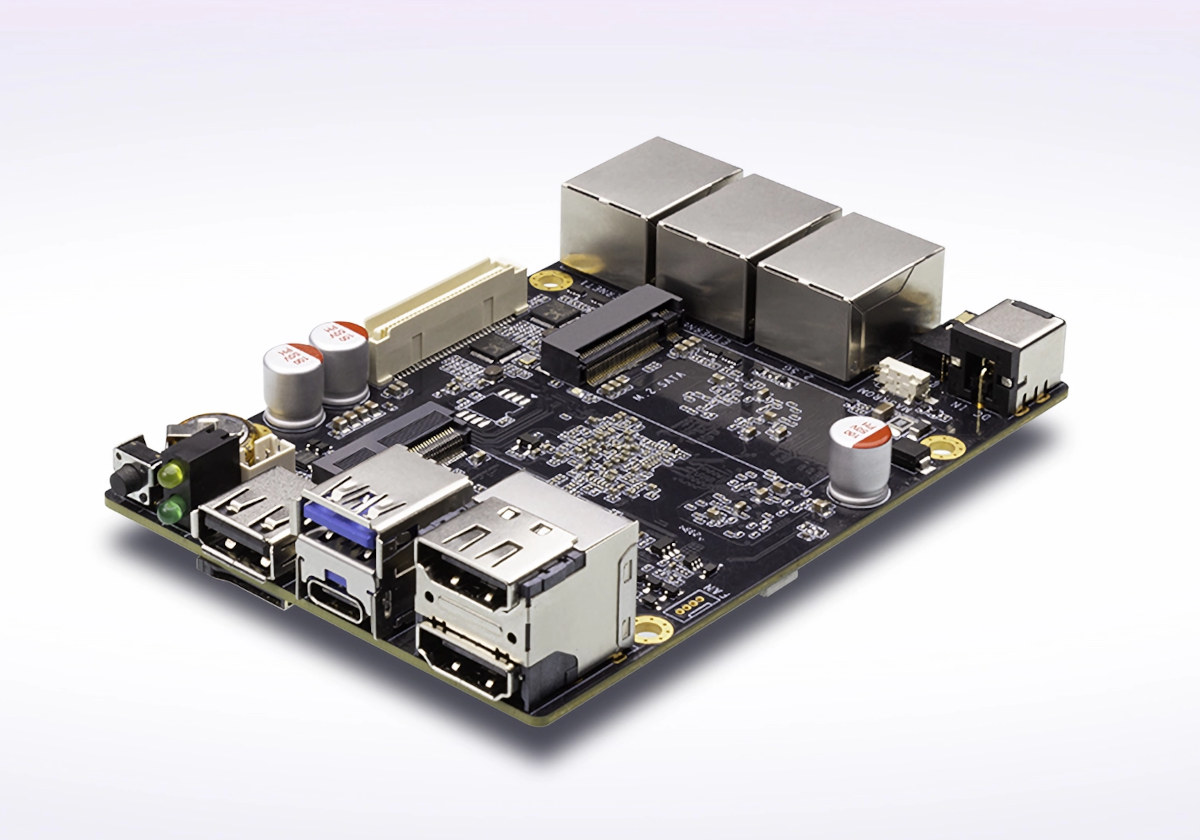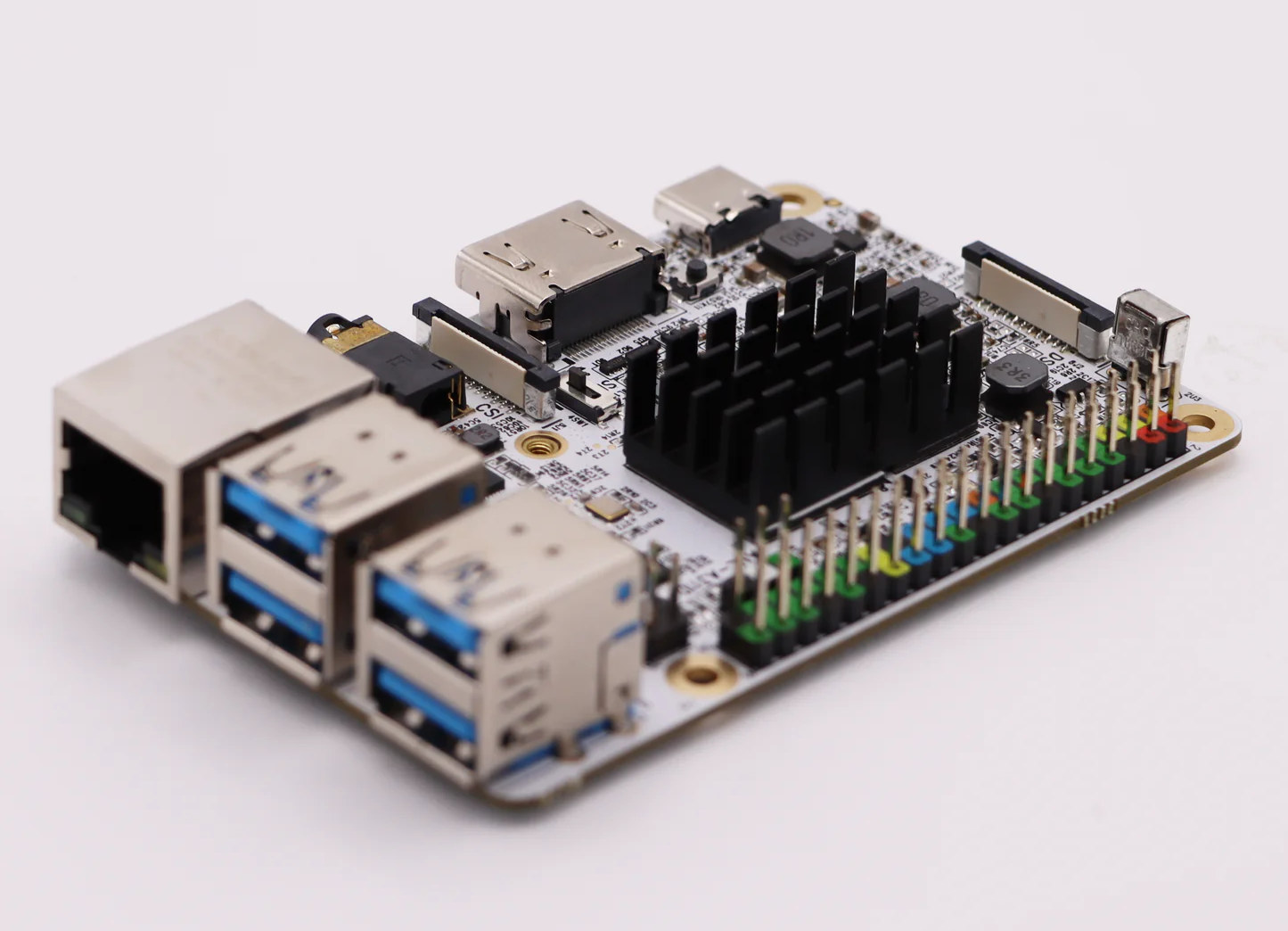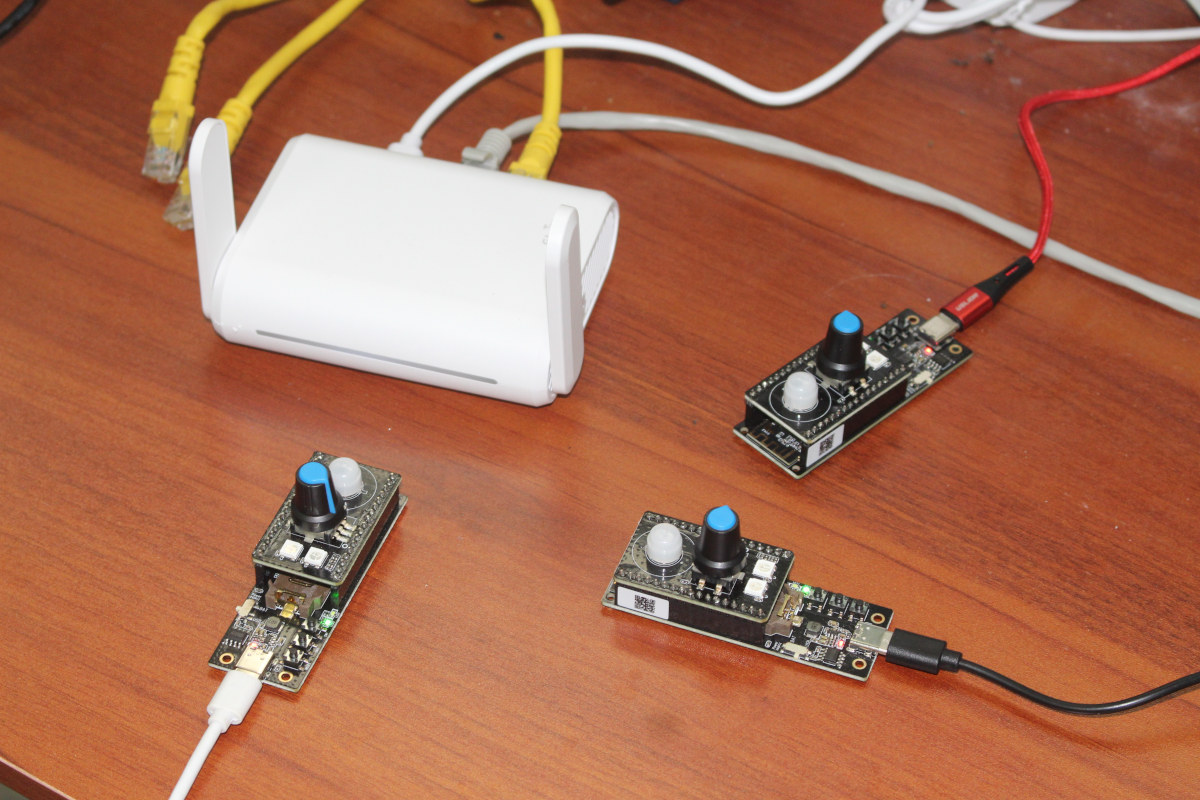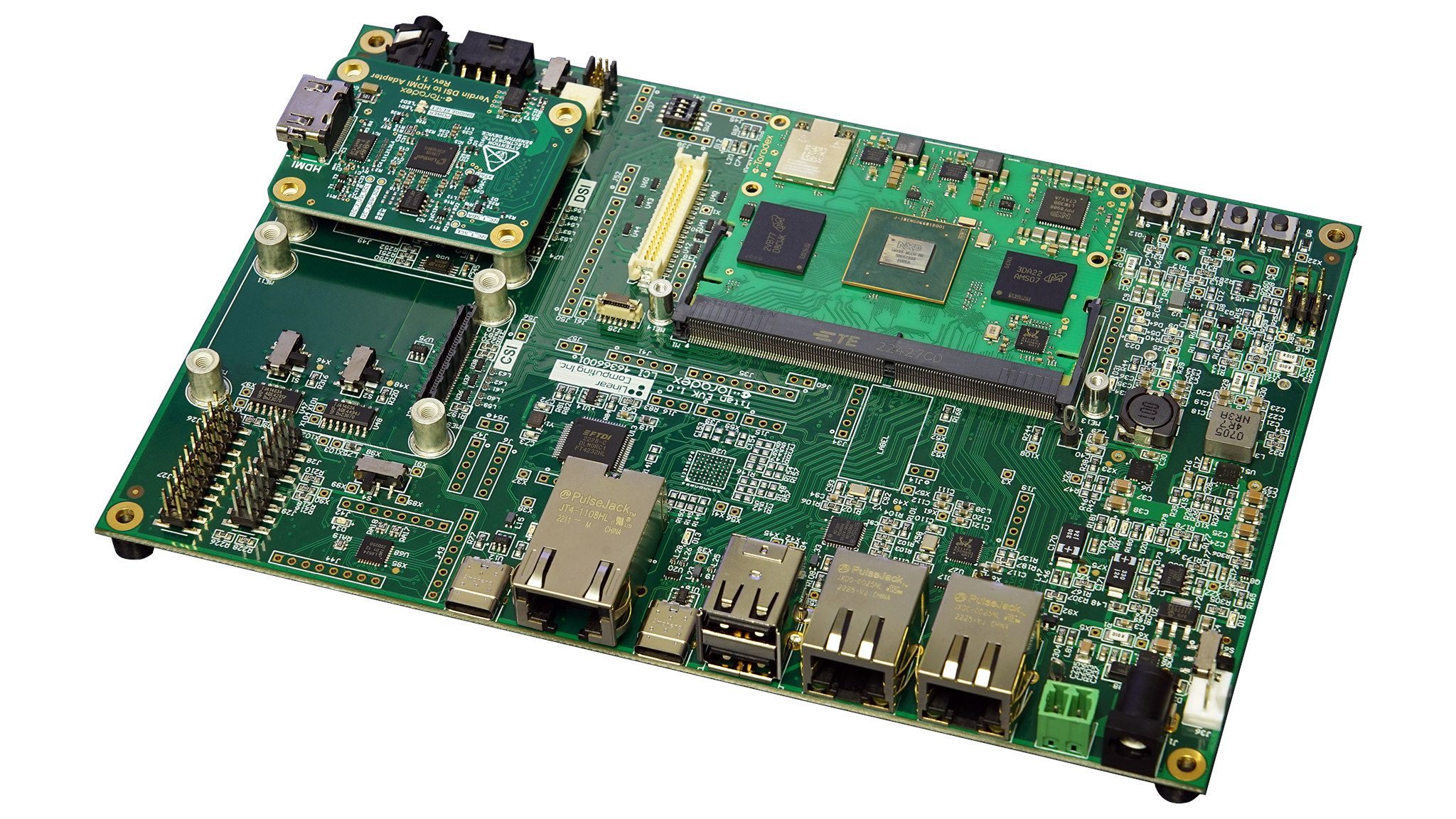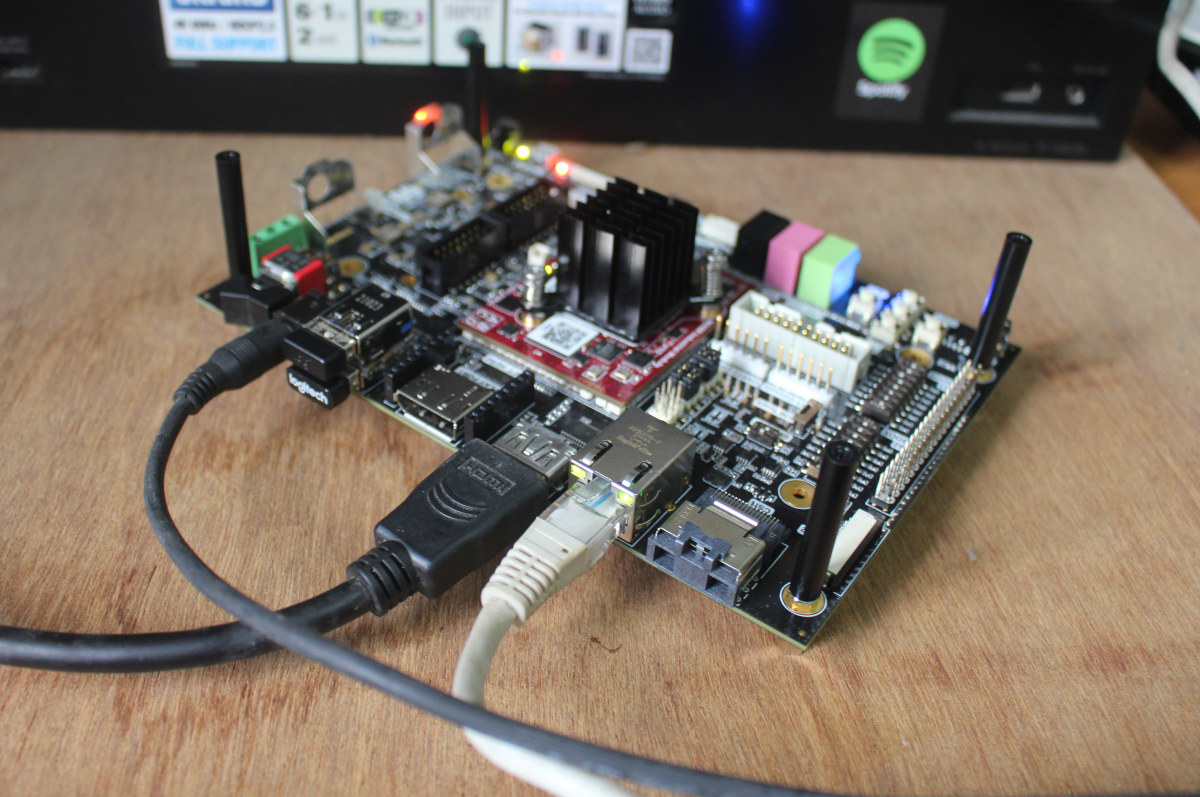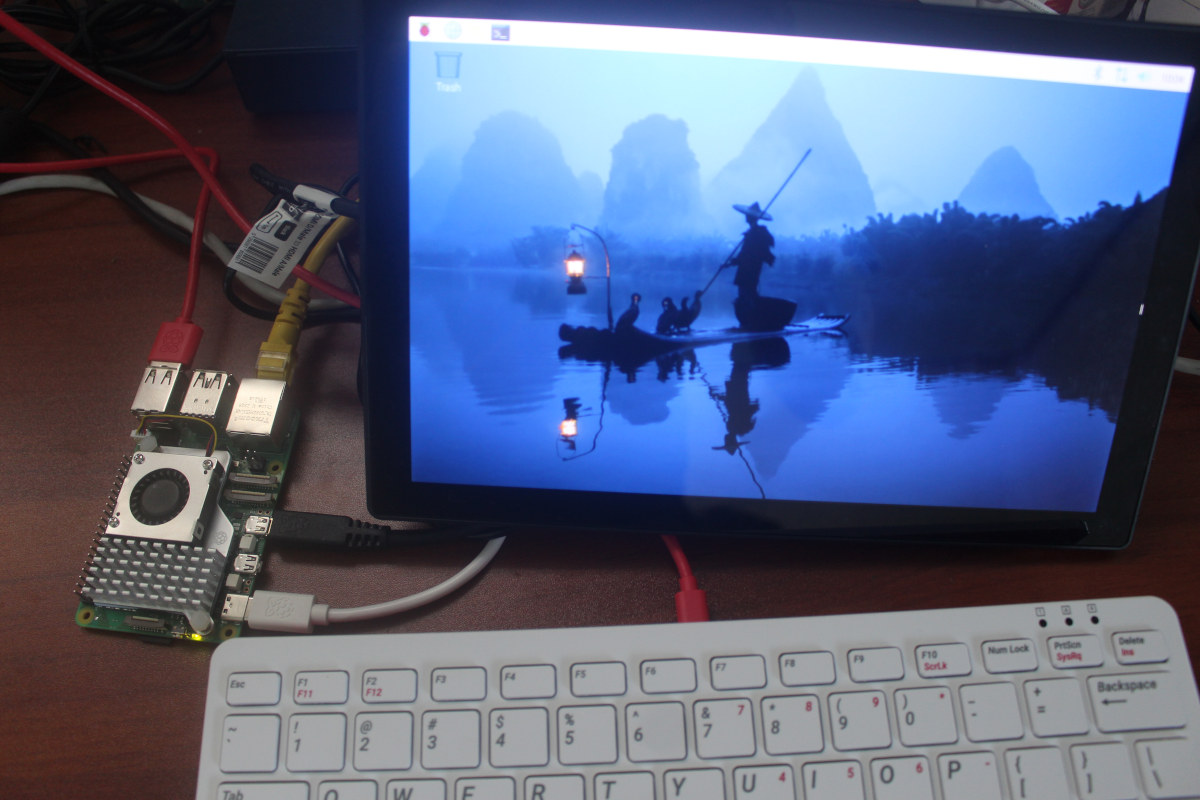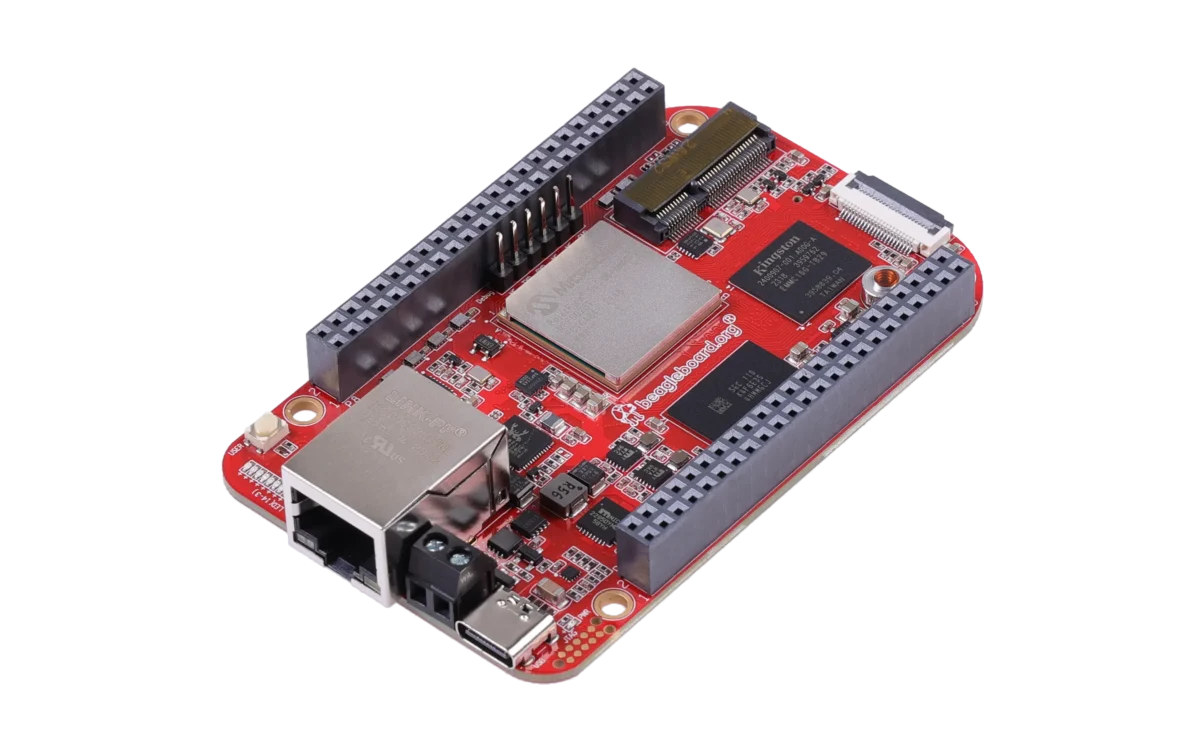UBPorts has just released Ubuntu Touch 20.04 OTA-3 based on Ubuntu 20.04 LTS with the latest security updates and beta support for PinePhone, PinePhone Pro, PineTab, and PineTab 2, adding to the smartphones already supported by Ubuntu Touch 20.04 OTA-2. As a reminder, Ubuntu Touch was initially handled by Canonical for desktop/mobile convergence, but it was dropped when the company decided to refocus its efforts on cloud and IoT, and the UBPorts community took over and eventually outed the first stable Ubuntu Touch release in June 2017. The developers kept on improving the OS since then with new releases from time to time, but note that it should still be considered experimental only for most devices, and will not be suitable as a daily driver for the majority of people. The PinePhone and PineTab have been supported by Ubuntu Touch for a few years, but they had their own branch […]
Firefly ROC-RK3588-RT Rockchip RK3588(J) SBC comes with three 2.5Gbps/gigabit Ethernet ports
Firefly ROC-RK3588-RT is a Rockchip RK3588(J) SBC suitable for networking applications such as routers and firewalls thanks to one 2.5GbE port and two gigabit Ethernet ports and available in both commercial and industrial temperature grades. But the board is likely to be used for more complex workloads since it also comes with three video output interfaces (2x HDMI and USB-C DisplayPort), M.2 sockets for a SATA or NVMe SSD, a WiFi 6/Bluetooth 5.2 module, a 6 TOPS NPU embedded in the Rockchip processor, and a (non-standard) expansion connector with PCIe Gen 3 and other interfaces. Firefly ROC-RK3588-RT specifications: SoC (one or the other) Rockchip RK3588 octa-core processor with CPU – 4x Cortex‑A76 cores @ up to 2.4 GHz, 4x Cortex‑A55 core @ 1.8 GHz GPU – Arm Mali-G610 MP4 “Odin” GPU @ 1.0 GHz Video decoder – 8Kp60 H.265, VP9, AVS2, 8Kp30 H.264 AVC/MVC, 4Kp60 AV1, 1080p60 MPEG-2/-1, VC-1, VP8 […]
Libre Computer AML-A311D-CC “Alta” SBC features Amlogic A311D AI processor
Libre Computer has launched the credit card-sized “Alta” SBC, also known as AML-A311D-CC, designed for AI applications with the Amlogic A311D hexa-core Arm Cortex-A73/A53 processor equipped with a 5 TOPS AI accelerator. The board comes with 4GB LPDDR4, a 16MB SPI flash for the bootloader as well as a microSD card slot and eMMC flash module connector for storage, and offers many of the same ports as found on the Raspberry Pi 3 Model B+ with Gigabit Ethernet, four USB 3.0 ports, HDMI output, an AV jack, MIPI CSI and DSI connector, and a 40-pin GPIO header that should work with most Raspberry Pi HATs. AML-A311D-CC “Alta” specifications: SoC – Amlogic A311D CPU Hexa-core processor with 4x Arm Cortex-A73 cores @ up to 2.2 GHz and 2x Cortex A53 cores @ up to 1.8 GHz Built-in Cortex-M4 core for “always-on” processing GPU – Arm Mali-G52 MP4 GPU VPU 4K UHD […]
Giveaway Week 2023 – GL.iNet GL-S200 Thread Border Router devkit
It’s already day 4 of CNX Software Giveaway Week 2023 and today, we’ll be giving away GL.iNet GL-S200 Thread Border router kit that also includes three USB or battery-powered Thread development boards to experiment with various Thread topologies. The GL-S200 router comes with a Qualcomm QCA9531 MIPS router processor running a fork of OpenWrt and provides two Fast Ethernet WAN/LAN ports, 2.4 GHz Wi-Fi 4 802.11b/g/n up to 150 Mbps, and support for Thread (via an 802.15.4 radio) and Bluetooth 5.0. The development boards are based on the Nordic Semi nRF52840 microcontroller and each features a potentiometer+button, a PIR sensor, and two RGB LEDs. I reviewed the GL-S200 Thread Border router kit using the router’s dashboard interface and demo firmware provided for the three development boards. This enabled me to test star topology and mesh networking, and play around with demo scripts and code samples to display sensor and potentiometer […]
Toradex Titan Evaluation Kit features NXP i.MX 95 AI processor for IoT, industrial, and automotive applications
Toradex Titan Evaluation Kit features the NXP i.MX 95 Cortex-A55/M33/M7 heterogenous AI processor introduced at the beginning of the year with an NXP eIQ Neutron Neural Network Accelerator (NPU) for automotive, industrial, and IoT applications. The design is comprised of a carrier board and a SO-DIMM system-on-module with the NXP i.MX 95 SoC, up to 16GB LPPDR5 memory, up to 128GB eMMC flash storage, a WiFi 5 and Bluetooth 5.0 wireless module, a gigabit Ethernet controller, a PMIC, and a few other components. The carrier board also comes with 10GbE and Gigabit Ethernet ports, HDMI video output, a few USB ports, and various expansion connectors and headers. Toradex Titan evaluation kit specifications: SoC – NXP i.MX 95 with Up to 6x Arm Cortex-A55 application cores clocked at 2.0 GHz with 32K I-cache and D-cache, 64KB L2 cache, and 512KB L3 cache 1x Arm Cortex-M7 real-time core clocked at 800 MHz […]
Giveaway Week 2023 – VOIPAC iMX8M industrial development kit
The 10th edition of CNX Software giveaway week is on! We’ll have seven items to give away this time around: six items that I will send myself from my review samples and one from a company that will offer one of its own IoT development kits… We’ll start this year’s giveaway week with the VOIPAC iMX8M industrial development kit equipped with an “iMX8M Industrial Pro” system-on-module powered by an NXP i.MX 8M quad-core Cortex-A53 processor, fitted with 2GB RAM, 16GB eMMC flash, and a WiFi and Bluetooth module. The VOIPAC iMX8M industrial development kit is quite a feature-rich development board whose main purpose is to evaluate the company’s system-on-module for integration into final products. I tested it last summer showing how to get started with the Yocto BSP by building the image from scratch, booting from the eMMC flash or a microSD card, and testing several features such as networking, […]
Raspberry Pi 5 review – Part 2: Raspberry Pi OS Bookworm, benchmarks, power consumption, and more
A few days ago I finally went through the Raspberry Pi 5 kit I received last September going through all the items and booting it with Raspberry Pi OS bookworm. I’ve now had time to perform more tests to check out the performance with benchmarks and test various features on the Raspberry Pi 5. So I’ll report my experience in the second part of the review and compare the Raspberry Pi 5 SBC to the Raspberry Pi 4 and some other Arm Linux SBCs.
System information in Raspberry Pi OS Bookworm
Last time around, I installed the Raspberry Pi 5 in its official case, but for most of the testing, I decided to go back to the bare board fitted with its active cooler since it’s the best cooling option as we’ll see further in the review.
$150 BeagleV-Fire SBC features Microchip PolarFire RISC-V SoC FPGA, supports BeagleBone capes
BeagleV-Fire is a new single board computer powered by Microchip PolarFire MPFS025T penta-core RISC-V SoC FPGA that follows the BeagleBone Black form factor for compatibility with BeagleBone capes expansion boards. Microchip PolarFire RISC-V SoC FPGA was one of the first Linux-compatible RISC-V SoCs and was found in pricey boards such as the Icicle and TySOM-M-MPFS250 development boards. I also got an Icicle board for review, and while getting started with the Yocto Linux BSP was OK, I really struggled with the FPGA part including just installing Libero SoC in Ubuntu and going through the license, and even I gave up trying to run a bitstream sample on the board due to a lack of time. The BeagleV-Fire makes it much cheaper to try out the PolarFire and hopefully makes it easier to get started with both Linux and the FPGA fabric through easier-to-understand documentation and code samples. BeagleFire-V specifications: SoC […]



